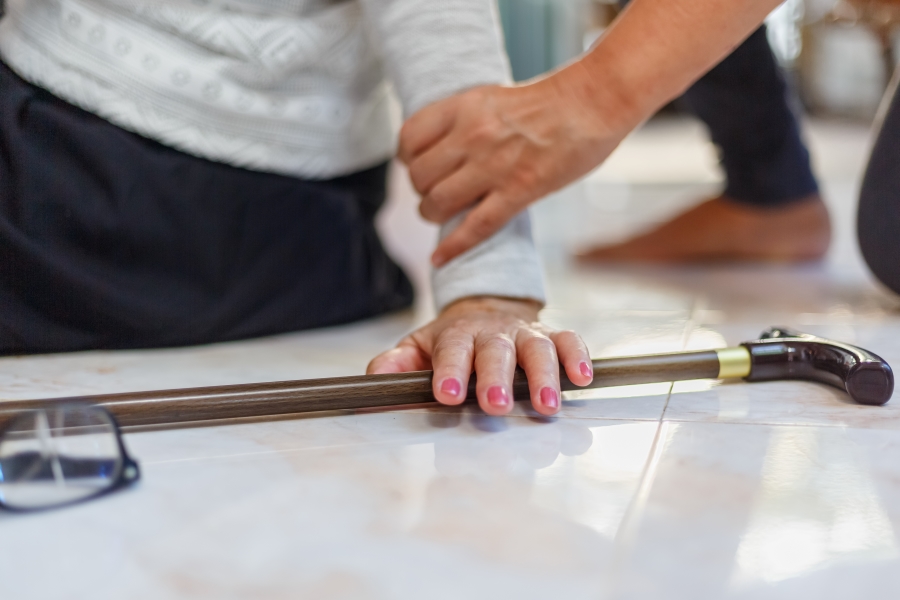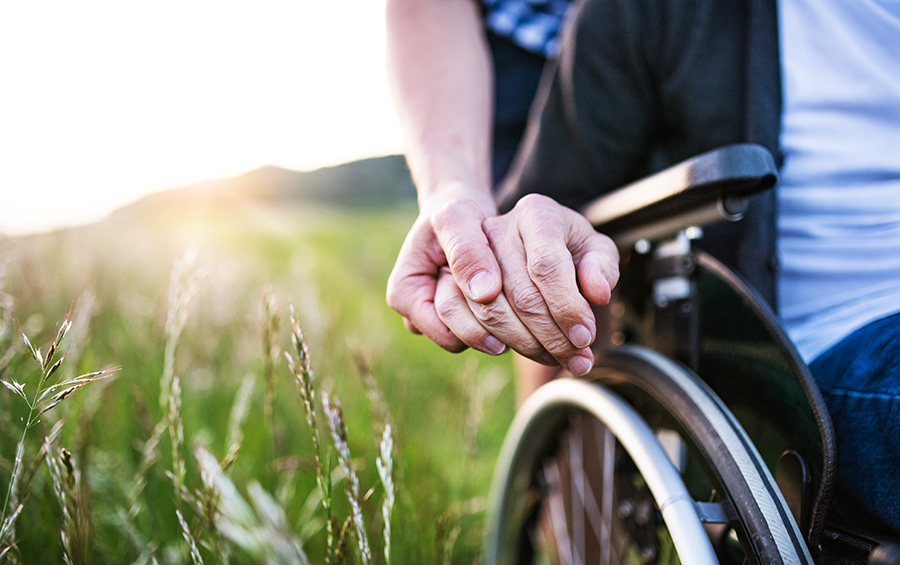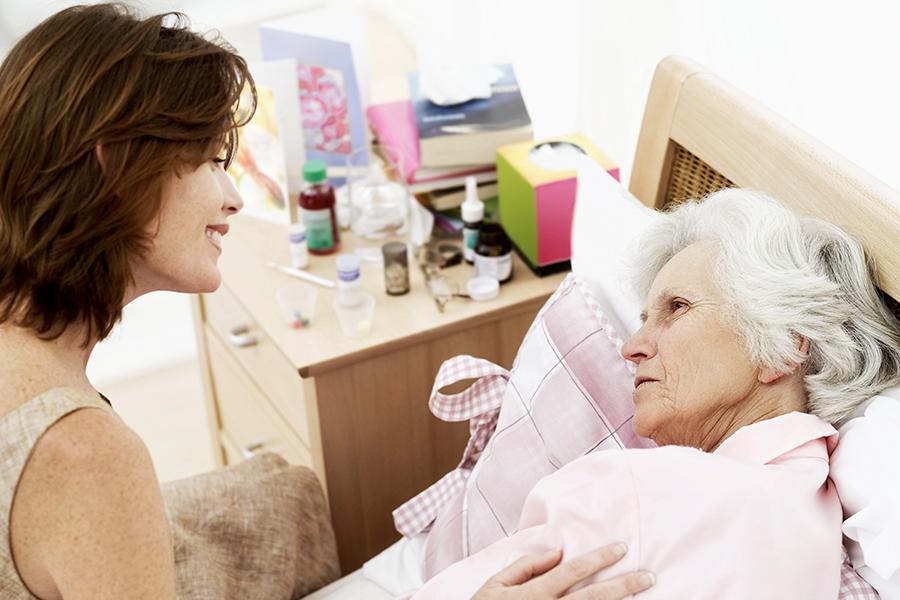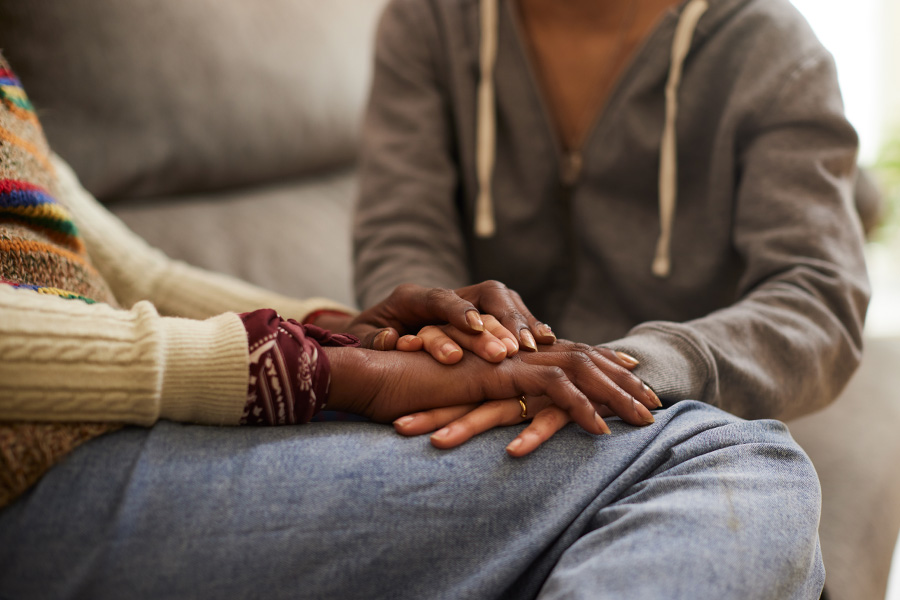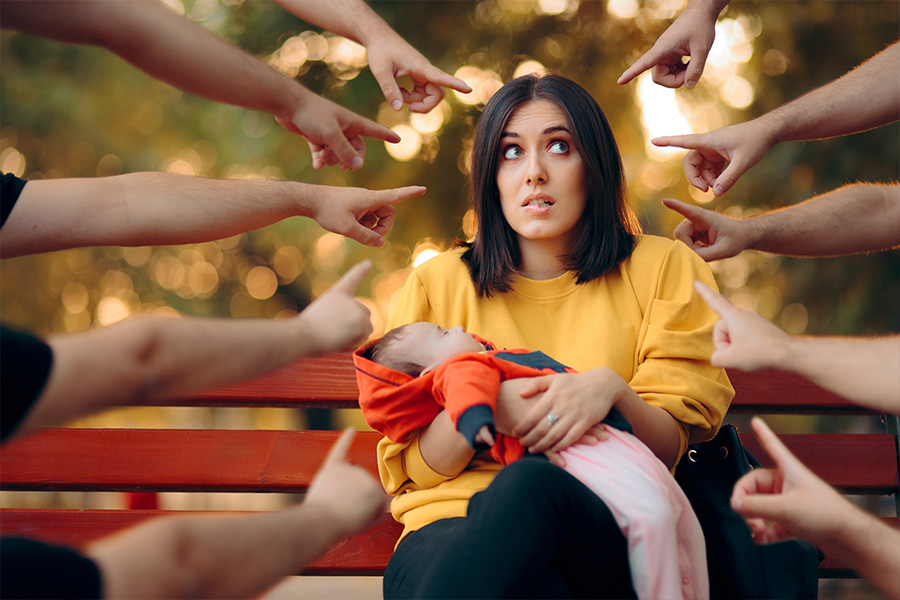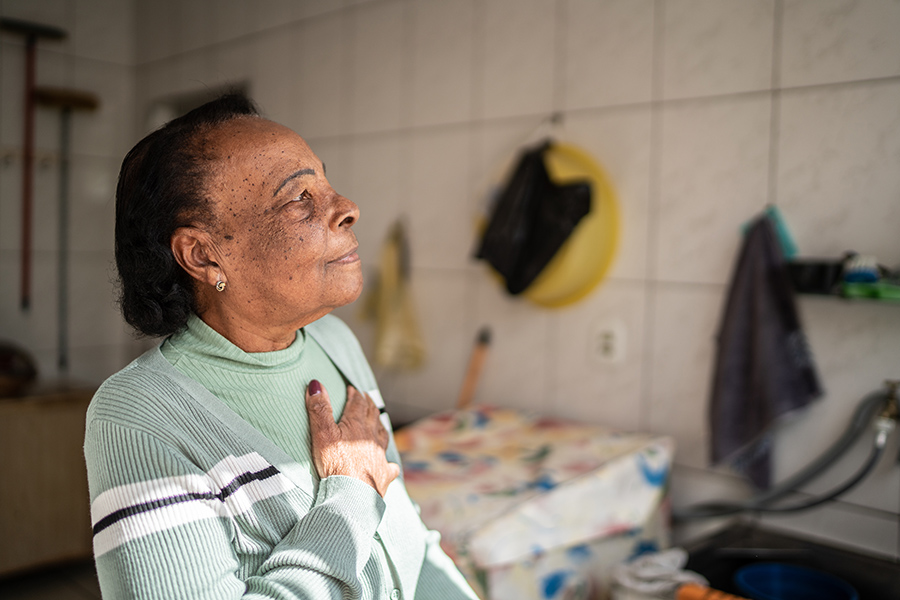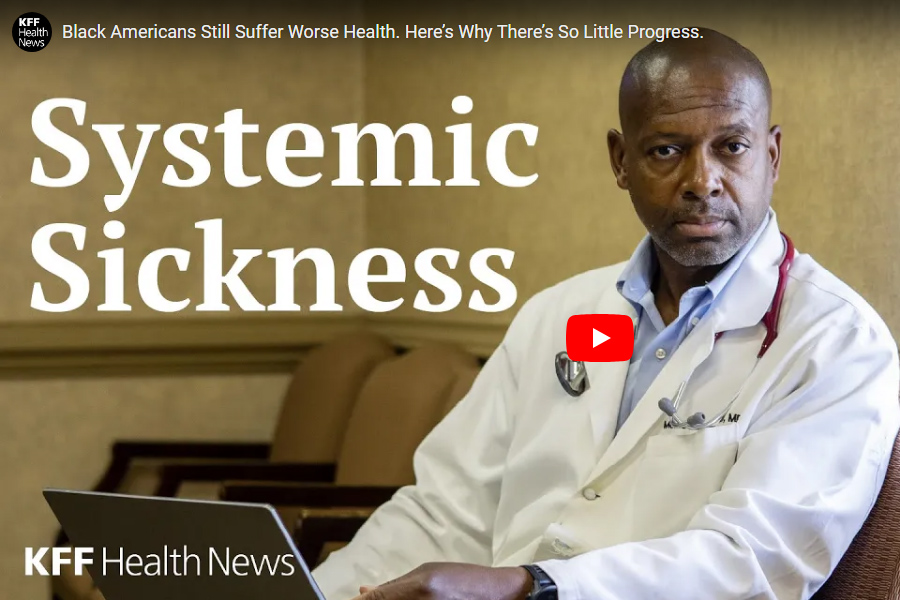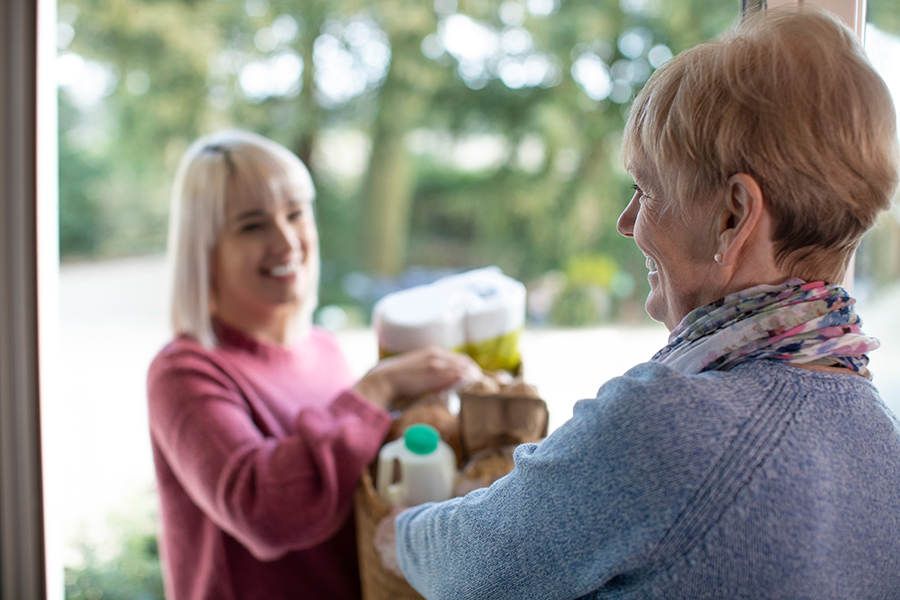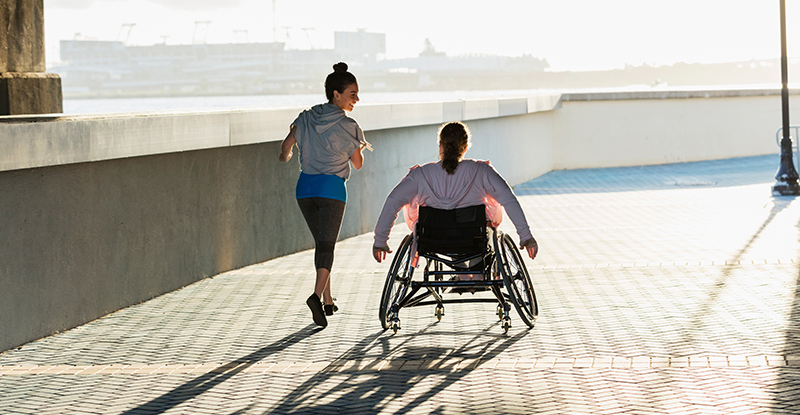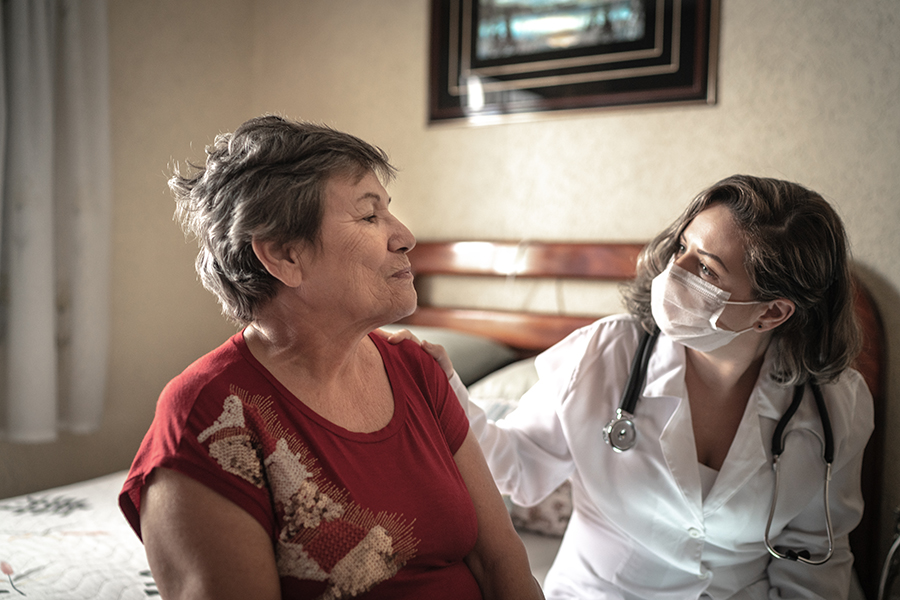Original article by Rachel Nania, AARP | Updated March 23, 2020
Older adults and people with chronic health conditions, such as diabetes, heart disease and lung ailments, are more likely than younger, healthier people to experience serious symptoms from the illness caused by the coronavirus (COVID-19).
In the U.S., that means more than 105 million Americans are at increased risk for complications if infected due to age or comorbidities, an analysis from the Kaiser Family Foundation shows.
Risk of death from the coronavirus also is higher in older adults, starting at age 60, Nancy Messonnier, an internist and director of the Center for Disease Control and Prevention’s (CDC) National Center for Immunization and Respiratory Diseases, said in AARP’s March 10 Coronavirus Information Tele-Town Hall. “And the risk increases with age,” she said.
The Centers for Disease Control and Prevention (CDC) has issued specific guidance for older adults and people who have chronic medical conditions. Here’s what the agency recommends:
Avoid crowds, rethink daily activities
The White House on March 16 announced a 15-day plan to slow the spread of the coronavirus in the U.S. It’s centered on individuals avoiding groups of more than 10 people — a move that doubles down on previous recommendations that Americans need to distance themselves from one another.
Many states, cities and communities are taking social distancing recommendations seriously by temporarily shuttering bars and restaurants, closing schools and setting limits on the number of people who can gather in one place. Some areas of the U.S. are under shelter-in-place orders to keep crowds from spreading COVID-19.
The CDC also has advised that nursing homes and long-term care facilities ban outside visitors, guidance that comes as a long-term care facility in Washington battles a COVID-19 outbreak that has resulted in multiple deaths.
Limiting contact with others is one way to slow the spread of the epidemic and protect high-risk populations from infection. Public health experts also are advising that people wash their hands often, and clean and disinfect frequently touched surfaces.
Stock up on supplies
Older Americans and adults who routinely take medications should make sure they have “adequate supplies” on hand, Messonnier said — enough to last two weeks to a month.
It’s also important to stock up on over-the-counter medications to treat fever, cough and other symptoms, as well as tissues and common medical supplies.
Major health insurers have pledged to relax prescription refill limits on “maintenance medications” in the wake of the coronavirus outbreak. Prescription refill limits are also being waived for many Medicare Advantage and Part D beneficiaries.
If you run into difficulty stocking up on your prescriptions at the pharmacy, consider refilling your medications with a mail-order service, the CDC says. You can also ask your physician to switch your prescription from a 30-day supply to a 90-day supply to make sure you have enough medication to get through a potential COVID-19 outbreak in your community.
And make sure you have enough food in the house in case you have to stay home for an extended period.
Appearing on NBC’s Meet the Press, Anthony Fauci, an immunologist and director of the National Institute of Allergy and Infectious Diseases at the National Institutes of Health (NIH), said Americans “should be prepared that they’re going to have to hunker down significantly more than we as a country are doing.”
What’s the best way to protect myself?
Limit exposure. That’s the best way to prevent the spread of COVID-19. This means staying home as much as you can and minimizing contact with others, especially crowds. Avoid all nonessential travel and consider meal pickup and delivery options as an alternative to dining out.
Health officials also advise taking everyday steps that can prevent the spread of respiratory viruses. Wash your hands often with soap and water (scrub for at least 20 seconds), and use alcohol-based hand sanitizer when soap is not an option. Avoid touching your eyes, nose and mouth with unwashed hands, and cover your coughs and sneezes.
Some other advice: Stay home when you are sick, keep a distance of at least six feet between you and others, and clean and disinfect frequently touched objects and surfaces.
“This is the other side of not spreading the disease, which is not catching it,” Messonnier said.
What about travel?
The government advises against all nonessential travel, domestic or foreign, and has issued a strong warning against cruise travel during the pandemic. The State Department on March 19 raised its Global Health Advisory to a level 4 — the most serious level.
The government has banned travelers from more than 30 countries to the U.S., including Ireland and the United Kingdom. Several countries around the world are doing the same in an effort to slow the spread of the virus. Border restrictions are in place between the U.S. and Canada and the U.S. and Mexico.
The CDC, U.S. State Department and World Health Organization (WHO) websites have up-to-date travel information.
How is the coronavirus spreading?
Much of what experts know is based on what is known about similar coronaviruses. When person-to-person transmission occurred with Middle Eastern respiratory syndrome coronavirus (MERS-CoV) and severe acute respiratory syndrome coronavirus (SARS-CoV), respiratory droplets from coughs and sneezes from an infected person were the likely culprit, according to the CDC. Those droplets can land in the mouths or noses of nearby people or be inhaled into the lungs.
It may be possible to get COVID-19 by touching a contaminated surface or object and then touching your mouth, nose or eyes, “but this is not thought to be the main way the virus spreads,” the CDC says.
Health officials are still working to better understand how easily the virus is spread from person to person. It may be possible for an infected person to spread the virus before exhibiting symptoms. However, people are thought to be most contagious when they are sick with the symptoms of the virus, the CDC says.
What are the symptoms?
Patients with COVID-19 have reported symptoms similar to other respiratory illnesses, including mild to severe fever, cough and shortness of breath, the CDC reports. Many patients with severe complications from the virus develop pneumonia and may require assistance breathing with a ventilator.
The CDC is asking anyone who experiences symptoms to call their health care provider or local health department for advice before seeking care to avoid spreading germs to others.
However, if you develop emergency warning signs — pain or pressure in the chest, disorientation or confusion, a blue tint in your face or lips, or difficulty breathing or shortness of breath — get medical attention immediately, health officials warn.
Doctors who suspect COVID-19 can order a test. New legislation, signed into law March 18, makes coronavirus tests available at no cost.
The CDC also has tips for what to do if you become infected with COVID-19.
How is it treated?
There is no specific antiviral treatment for COVID-19 at this time, just relief from symptoms. However, a clinical trial is underway to test the safety and efficacy of the drug remdesivir as a potential treatment in adults with COVID-19.
What are prospects for a vaccine?
A Phase 1 clinical trial to test the safety and effectiveness of a potential vaccine for the new coronavirus is currently underway in Seattle. Even still, a vaccine is likely a year away, at minimum, from being available to the public.
Why does it take so long?
A vaccine will need to be tested in months-long clinical trials to determine its safety and effectiveness in people, Fauci, with the NIH, explained. If the vaccine proves safe and effective in the trials and is rushed through regulatory processes, it will still need to be produced for the masses, which will likely add several more months to the timeline.
Will a flu shot provide protection?
There is no evidence that the flu shot or the pneumococcal vaccination will provide any protection from the coronavirus, Messonnier said. Both, however, will increase your chances of staying healthy and staying out of the hospital during the pandemic.
And it’s important to keep in mind that, like COVID-19, the flu can be deadly. The CDC estimates that the flu was responsible for 34,200 deaths in the 2018-19 season.
How can I take care of a sick friend?
Health officials stress that it’s important to take care of sick friends and neighbors in the community — and there’s a way to do so safely. If you are taking food to a neighbor, consider leaving it at the door. Since COVID-19 is most likely passed by respiratory droplets, this will eliminate the chance of the virus spreading.
If you are visiting with someone who has COVID-19, keep a safe distance. Wash your hands often — especially when you leave — and remind the person who is sick to wear a face mask. If appropriate precautions are followed, “you’re perfectly safe to be in the environment with them,” Messonnier said.
“I think it is great we step up to help each other, and there are some commonsense precautions to protect you,” she added.
What about those face masks?
Surgical masks offer some level of protection, but only when worn properly. Experts recommend a snug-fitting N95 respirator, which blocks large-particle droplets and most small particles that are transmitted by coughs and sneezes, according to the Food and Drug Administration (FDA).
That said, there is no need for them among the general public in the U.S. at this time, Messonnier said. And depleting supplies now will only make preventive efforts more complicated for health care workers and sick individuals as the virus continues to spread.
What, exactly, is the coronavirus?
Coronaviruses, named for their crownlike shape, are a large family of viruses that are common in many species of animals. Several coronaviruses can infect people, according to the CDC. These strains mostly cause cold-like symptoms but can sometimes progress to more complicated lower respiratory tract illnesses, such as pneumonia or bronchitis.
On rare occasion, animal coronaviruses can evolve and spread among humans, as seen with MERS and SARS. The virus at the center of the latest outbreak is being referred to as a novel (new) coronavirus, since it’s something that health officials have not seen before.
This AARP story will be updated periodically with new developments in the global outbreak. Check back regularly.










